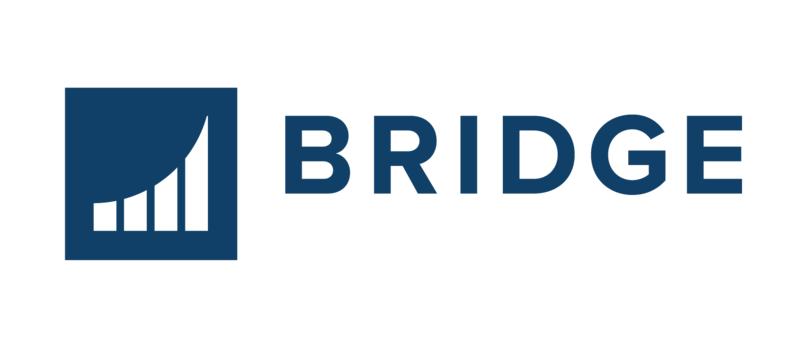ATD Blog
Consolidating Your HR Tech Stack? Here Are 3 Pitfalls to Watch Out For
Tue Apr 02 2024

As you manage your learning management system (LMS), your performance management system, and the various content authoring or upskilling platforms that comprise your HR tech stack, your mind might start to turn toward consolidation—and rightly so!
Having numerous tools and apps can lead to escalating costs and wasted spending. But that doesn’t mean you should eliminate everything or consolidate in a way that compromises essential features for effective employee development. The key is to consolidate strategically, streamline your tech stack, and reduce costs without sacrificing your learning and development (L&D) efforts.
Are Organizations Overburdened With Standalone Solutions?
According to the Bridge-sponsored Future of Learning Technologies 2023 report, 44 percent of organizations reported having three to nine (or more!) standalone solutions dedicated to learning. This indicates a significant portion of organizations that could benefit from consolidating their tools. Industry analyst Josh Bersin even mentions encountering organizations with 80–100 HR-related tools and technologies—an overwhelming situation for many.
Too much HR tech can be costly, not just in terms of money but also in terms of employee productivity and the administrative burden on HR teams. As evidenced by Bridge’s Future of Learning Technologies report, large volumes of software inevitably lead to increased spending, with around half of organizations estimating spending $500 or more per employee for learning technologies between 2023 and 2025.
It’s also easy for expenditure to get out of hand when you’re dealing with the cloud. As one Forrester report found, 94 percent of organizations experienced avoidable cloud expenditure in 2022. And, according to internal data from TechCrunch, this kind of overspend tends to be significant, with the average hovering around 30 percent. This financial strain is a significant driver for IT executives, with 69 percent citing cost-cutting concerns as the motivation for vendor consolidation.
However, simply consolidating doesn’t guarantee cost savings. Short-term cost reductions can have long-term ramifications, which means it’s all about how you consolidate.
How to Streamline Your HR Tech Costs Without False Economies
You don’t have to look far to realize that cost-cutting is only one piece of the consolidation puzzle. According to CIO’s report, 80 percent of respondents identified having too many point solutions as their primary concern, along with factors like efficiency and service quality. This suggests that consolidation should aim for a balance of cost savings, improved quality, enhanced efficiency, and reducing the number of tools.
Consolidation is a strategic financial move that requires a balanced approach, taking into account cost savings, quality improvements, efficiency gains, and reducing tools in play. Your employee training and development capabilities are directly linked to profits, productivity, and cost savings, just as they are to software expenditure—and you don’t want to sacrifice the former while attempting to reduce the latter.
Next, let’s examine a few examples of how consolidation focused solely on cost-cutting can undermine the efficiencies of streamlining your tech stack.
Avoid Compromising Your Retention Rate
The Chartered Institute for Personnel and Development notes that effective performance management contributes to employee engagement, leading to higher retention rates. Your consolidation approach, especially your performance platform, can greatly affect employee retention. If you compromise performance management quality by forcing processes into an inadequate HR platform, employee engagement and retention may suffer, offsetting any savings from the platform.
On the other hand, consolidating your learning and performance management systems into a single platform streamlines operations while improving performance quality. By aligning performance goals with training recommendations and sharing development data across a cohesive system, you’ll enhance employee satisfaction and retention, fostering long-term engagement and organizational success.
Protect Your Organization From Regulatory Penalties
Consolidating all your L&D and HR needs into an HRIS may seem ideal—that way, you’ll have all your tools in one place, right? However, while an HRIS manages employee data well, a dedicated LMS is best for training and development. If your consolidation results in limited learning features, lacking support, or a confusing interface, employees may resist completing training, including mandatory compliance sessions. This illustrates how consolidation can backfire, risking savings for potential penalties.
By choosing an all-in-one LMS with strong integration capabilities, you can combine L&D features seamlessly within your HRIS. This approach maintains the convenience of a consolidated system while preserving the effectiveness and ease of a dedicated learning solution, making essential training more accessible for your learners.
Retain the Investment Potential of Your HR Tech
Regarding training quality, a feature-rich learning and performance platform goes beyond avoiding regulatory fines. In fact, one Deloitte report found that the top 30 percent of car dealers (in terms of profits) invest more in training and development than their less profitable counterparts.
Deloitte’s study is an excellent reminder that L&D is an investment. Consolidation should not compromise the benefits of a strong L&D infrastructure. It’s crucial to streamline your tech stack while retaining key aspects of learning, performance management, and skills development—all achievable with an all-in-one learning and performance solution.
So, What Does Smart L&D Consolidation Look Like?
Consolidation doesn’t have to mean paring back your L&D resources to the bone, or trying to cram every learning and performance management function into your HRIS. It’s about combining all the key aspects of employee development, from learning and performance to the analytics and data that tie them all together, within a single, purpose-built platform.
In the process, you may find yourself streamlining your tech stack, reducing your number of unwieldy logins, and spending a little less—but you’ll also take full advantage of the investment that quality L&D represents.
Smart consolidation means leveraging your centralized learner data and allowing each element of your employee development infrastructure to inform and bolster the others. The right all-in-one L&D platform will seamlessly take learners from their performance goals to targeted learning via automated upskilling capabilities, with every step monitored and reported on via all-encompassing analytics.

